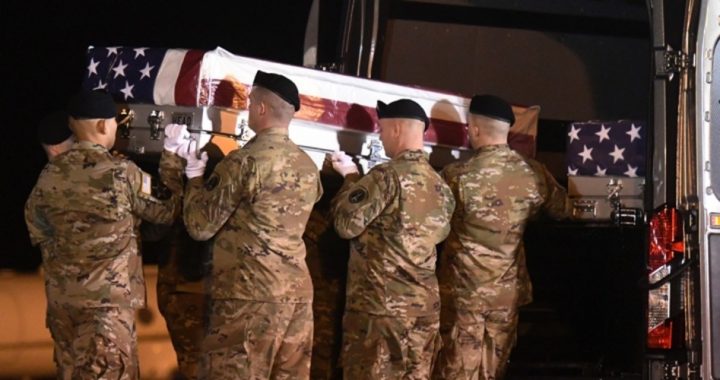
Over 5,000 people have been killed or wounded over the course of the United States’ rebuilding of Afghanistan, according to a new report from Special Inspector General for Afghanistan Reconstruction (SIGAR) John Sopko.
“For years, SIGAR has spent considerable effort to track the financial costs of reconstruction and stabilization activities in Afghanistan,” Sopko wrote in the preamble to the report. “However, little effort has been made up to now to track the human costs — the number of people killed, wounded, or kidnapped — to accomplish these activities. This has left policy makers with an incomplete picture of the true cost of our efforts in Afghanistan.”
Sopko analyzed data from a variety of sources to determine just how many casualties — individuals killed or wounded — had occurred in Afghanistan reconstruction projects between 2002 and 2018. He also counted the number of people who were kidnapped or missing because, he explained, “getting kidnapped is a very real threat for civilians working on reconstruction or stabilization activities in Afghanistan, especially Afghans.”
Indeed, Afghans, the very people the invasion and reconstruction were supposedly intended to help, have borne the brunt of casualties. Tens of thousands of Afghans have been killed since the unconstitutional, trillion-dollar war began in 2001. According to the Associated Press, the United Nations calculates that just over the last decade, “a total of 34,677 Afghan civilians have been killed in insurgent attacks and caught in the crossfire in fighting between militants and Afghan security forces and their U.S.-led coalition allies.”
When it comes to U.S. reconstruction projects, which include assisting the Afghan government, building roads, and constructing buildings, Sopko identified a total of 5,135 casualties, including 2,214 killed and 2,921 wounded. He also determined that 1,182 people had been kidnapped or otherwise disappeared. Americans accounted for 284 deaths and 321 woundings. Most of the remaining victims — 1,578 killed, 2,246 wounded, and 1,004 kidnapped — were Afghans, the overwhelming majority of them civilians; 65 of those killed were bystanders caught in attacks on rebuilding projects. Coalition forces, third-country nationals, and individuals of unknown nationality made up the rest of the casualties and kidnappings.
Most of the casualties occurred between 2007 and 2011, although after a period of decline, the number more than doubled from 2017 (150) to 2018 (325).
According to the report, “Road construction projects were the most dangerous reconstruction activity, accounting for 30% of all casualties” and 25 percent of all kidnappings. Afghans working on these projects were in particular jeopardy, with 560 of them killed in the course of such missions. “The deadliest two casualty-producing events related to reconstruction that we found were attacks in 2011 on a U.S.-funded road construction contractor compound that killed 35 and wounded 20 Afghans, and a suicide bomber on a USACE [U.S. Army Corps of Engineers] awarded road construction project that left 28 members of a construction crew dead and 35 wounded,” reported Sopko.
Governance activities were the second most dangerous missions, accounting for 838 casualties. Among them were 152 Americans: 52 killed and 100 wounded.
Security activities came next, with 818 casualties. “This was the most dangerous activity for Americans,” penned Sopko, noting that “of the 346 killed, 195 were Americans,” including 41 civilians. One-third of the casualties were associated with insider attacks.
Casualties in the remaining categories — construction, demining, election, counter-narcotics, and humanitarian activities — consisted primarily of Afghans.
The report comes on the heels of another SIGAR report detailing the culture of lying surrounding the entire Afghanistan reconstruction project and the failure of the mission itself. In congressional testimony, Sopko gave the United States a “D-minus” grade for its efforts, which have cost nearly $137 billion, saying, “You showed up for class, that’s it.”
Sopko concluded his latest report: “While considerable effort is made to track the amount of U.S. dollars spent, this review shows that we do not adequately capture the human cost of conducting reconstruction and stabilization projects while combat operations are still ongoing, especially third country nationals and Afghans. Unless the U.S. Government considers the human costs, the true costs of reconstruction and stabilization efforts in Afghanistan are not accurately captured.”
And when those costs are captured, the final tab — in both blood and treasure — may prove to be America’s undoing.
Photo: AP Images
Michael Tennant is a freelance writer and regular contributor to The New American.



